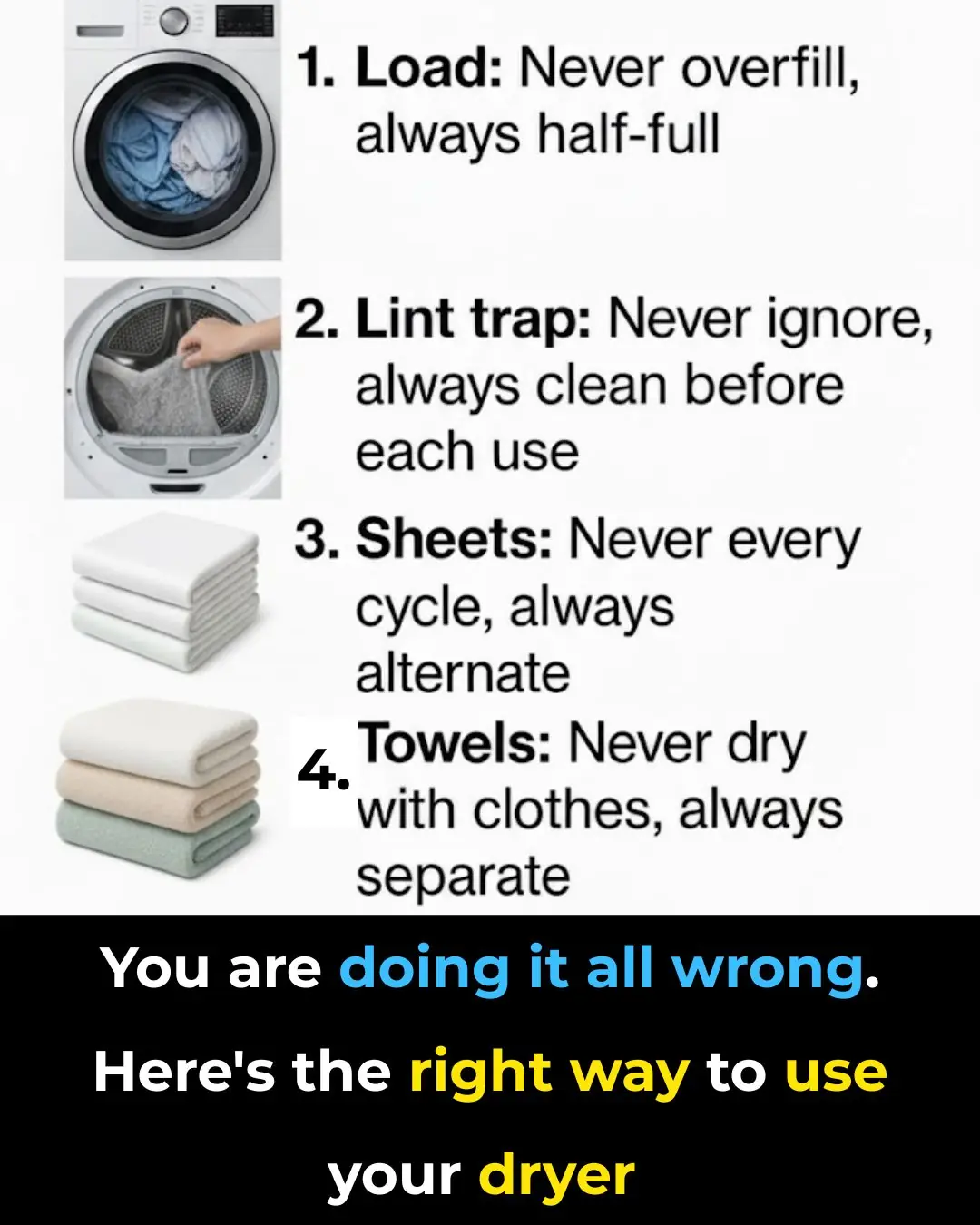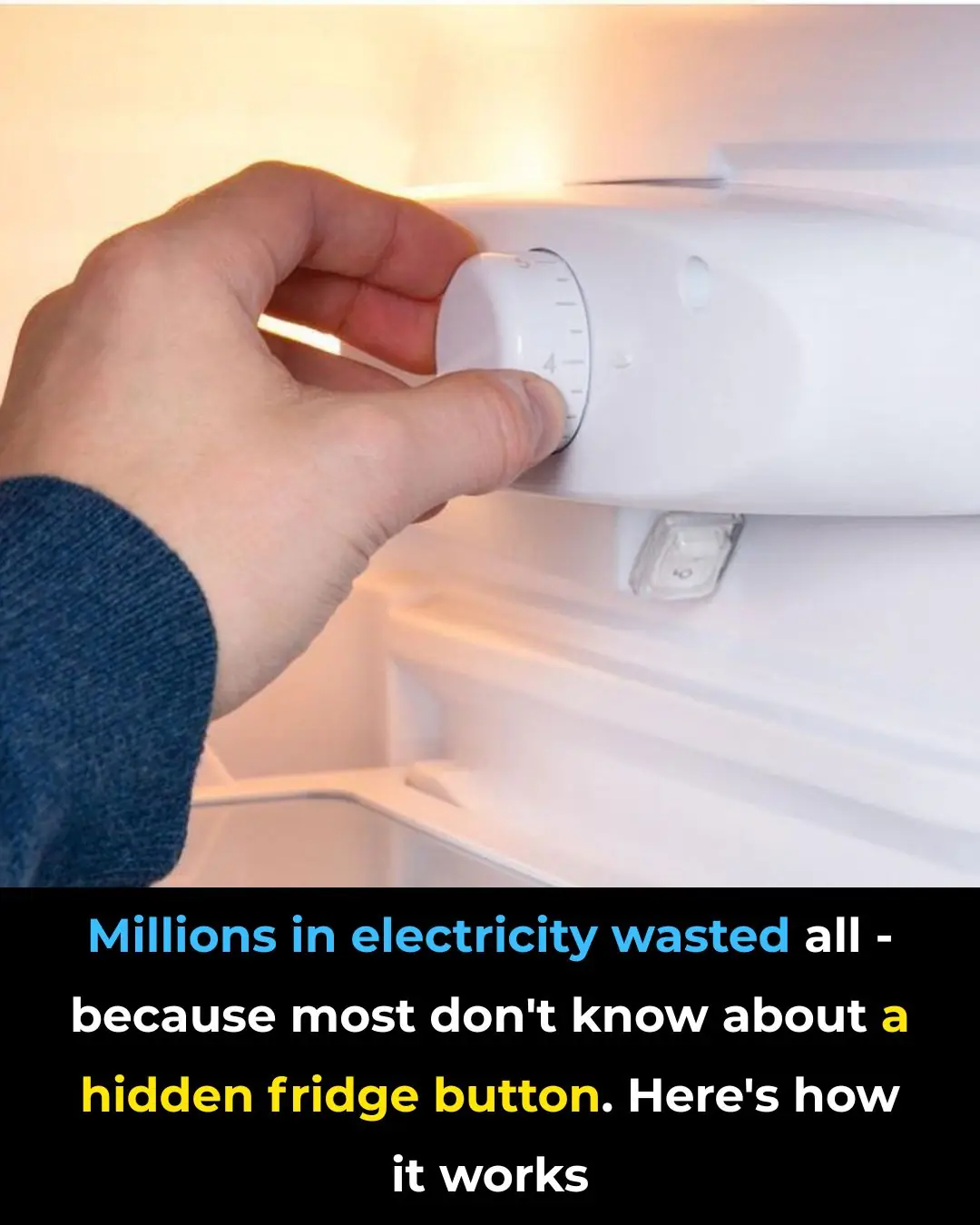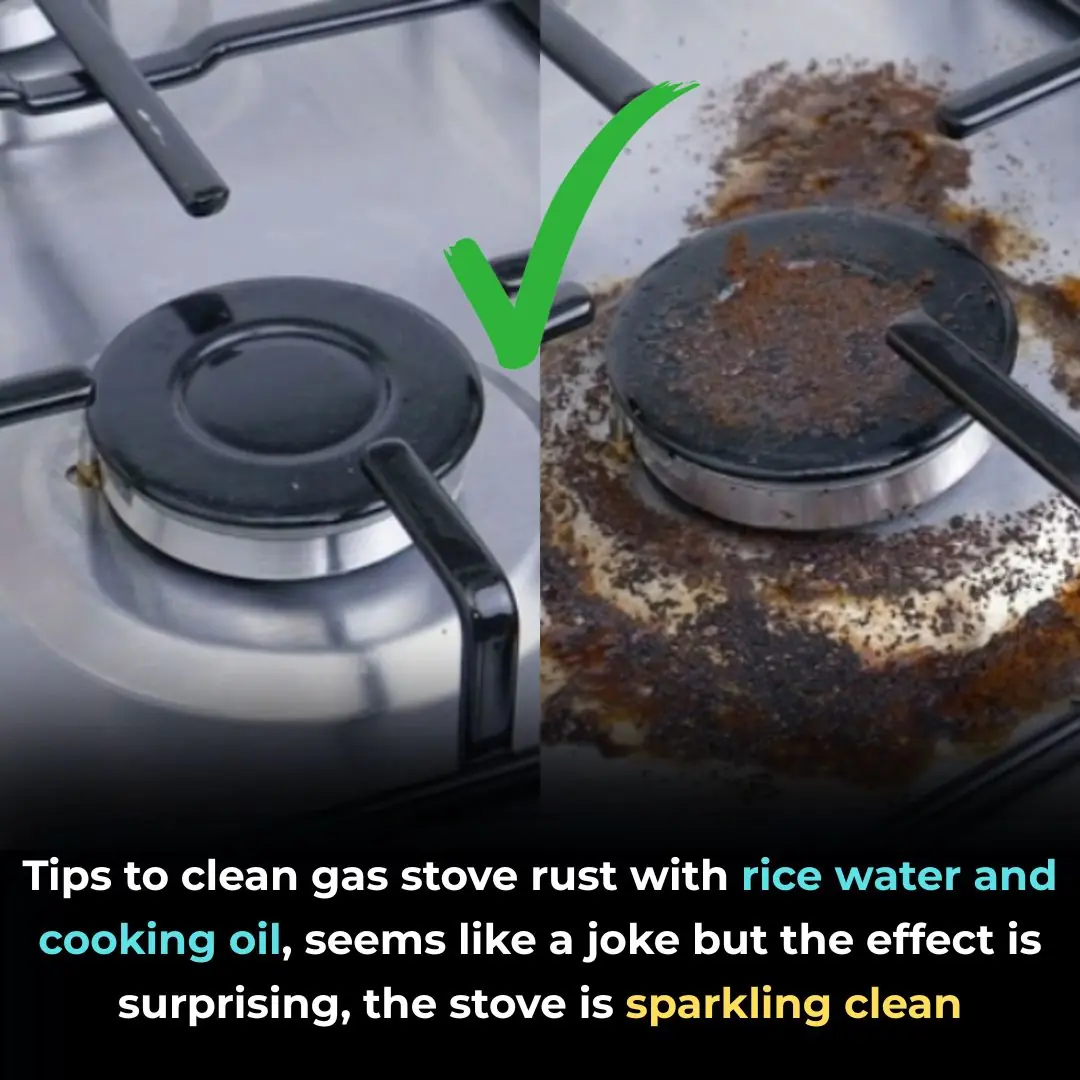
You are doing it all wrong. Here’s the right way to store batteries
Batteries power nearly every aspect of modern life — from the smallest devices like remote controls and smoke detectors to essential gadgets such as smartphones, laptops, and even electric vehicles. Despite their importance, many people store batteries incorrectly without realizing the consequences. Poor storage practices can shorten a battery’s lifespan, cause leaks, create safety hazards, and generate unnecessary waste.
Learning how to store batteries properly not only extends their life but also saves money and reduces environmental harm. In this comprehensive guide, we’ll dive into the science behind battery storage, expose common myths, and share practical tips for keeping your batteries safe and efficient.
1. Understanding Battery Chemistry — and Why It Matters
Not all batteries are created equal. The three most common types — alkaline, lithium-ion, and nickel-metal hydride (NiMH) — each have unique chemical compositions and therefore distinct storage needs.
-
Alkaline batteries, often found in TV remotes and flashlights, contain zinc and manganese dioxide.
-
Lithium-ion batteries, used in phones, laptops, and electric cars, rely on lithium compounds as electrodes.
-
NiMH batteries, popular for reusable household devices, balance cost efficiency with rechargeability.
The reactions inside these batteries are highly sensitive to temperature, humidity, and handling. For instance, lithium-ion batteries degrade much faster at temperatures above 30°C (86°F), while alkaline batteries may leak in damp environments. Recognizing these differences allows you to store each type under the most favorable conditions.
Pro Tip: Always check the manufacturer’s guidelines — they often include optimal temperature and humidity ranges specific to that battery type.
2. Keep Battery Terminals Separated
The terminals — those small positive (+) and negative (–) ends — are where electrical energy flows. When these terminals touch each other or a metal surface, they can short-circuit, potentially causing overheating, leakage, or even fire.
To prevent this, keep batteries:
-
In their original packaging, or
-
Inside a dedicated plastic battery organizer with individual slots.
This is especially crucial for 9-volt batteries, whose terminals sit close together, making accidental contact easy.
Bonus Tip: If you must store loose batteries, cover their terminals with non-conductive tape as a safety precaution.
3. Why Room Temperature Is Ideal for Storage
Room temperature — roughly 20°C to 25°C (68°F to 77°F) — offers the most stable environment for most batteries. Within this range, internal chemical reactions remain slow and balanced, preventing unnecessary self-discharge and capacity loss.
Exposing batteries to extremes has the opposite effect:
-
Cold (<0°C / 32°F) can temporarily reduce capacity, especially in alkaline types.
-
Heat (>30°C / 86°F) can cause lithium-ion batteries to permanently lose capacity or swell over time.
Avoid storing batteries in cars, near windows, or close to heat-emitting appliances.
4. Choose Plastic, Not Metal
It might seem convenient to toss batteries into a metal tin or toolbox — but that’s a mistake. Metal conducts electricity, meaning that if battery terminals touch the container’s surface, it could lead to a short circuit.
Use plastic containers with dividers or compartments instead. They’re non-conductive and help you separate batteries by type and size. Clear bins also make it easier to track which batteries are new versus used.
5. The Refrigerator Myth — and Why It’s Risky
A popular myth claims that refrigerating batteries can extend their lifespan. While it’s true that lower temperatures can slow chemical reactions, the humidity and condensation inside refrigerators pose a greater threat. Moisture can corrode the terminals, causing leaks and permanent damage.
Instead, store batteries in a cool, dry place away from sunlight and direct heat. A climate-controlled cabinet, desk drawer, or closet shelf is usually perfect.
6. How to Identify and Recycle Expired Batteries
Old or expired batteries often show warning signs such as:
-
Leaking or crusty residue around the terminals
-
Swelling or bulging
-
Rust or discoloration
Never use damaged batteries — they can leak toxic chemicals or damage your devices.
When disposing of them, follow proper recycling procedures. Many municipalities and retailers offer battery recycling programs or drop-off bins for safe collection. Avoid tossing batteries in regular trash, as chemicals like cadmium, mercury, and lead can contaminate soil and groundwater.
7. Don’t Mix Different Battery Types
Mixing battery types — such as alkaline with lithium — inside the same device can lead to uneven power output. Different batteries discharge at different rates, which may cause one to drain faster, leading to leakage or even device failure.
Always use batteries of the same type, brand, and age together for consistent voltage and performance.
8. Why Original Packaging Is Worth Keeping
That seemingly simple blister pack or cardboard box your batteries came in serves an important purpose. It shields them from dust, humidity, and accidental contact between terminals.
Keeping batteries in their original packaging helps you:
-
Easily identify expiration dates
-
Prevent confusion between new and used batteries
-
Store them safely until ready for use
If the packaging is lost, transfer them to labeled plastic cases with dividers.
9. Smart Storage for Rechargeable Batteries
Rechargeable batteries, such as NiMH and lithium-ion, need special attention. Store them at about 40–60% charge rather than fully charged or empty. This reduces internal stress and slows capacity degradation.
If storing for several months, check their charge levels periodically — rechargeable batteries can slowly self-discharge over time. Keep them in a dry, cool, and stable environment for best results.
10. Common Myths — Busted
Let’s clear up a few long-standing misconceptions:
-
Myth: Fully discharging batteries before recharging improves performance.
Fact: This is outdated advice. Modern lithium-ion batteries perform best when recharged before they drop below 20%. -
Myth: Storing batteries in the freezer extends their life.
Fact: It may actually destroy them due to moisture buildup.
Understanding the truth behind these myths helps you make informed, science-backed decisions.
11. Viral Hacks: What Works and What Doesn’t
Social media is full of “battery hacks,” but not all are safe. Some can even void warranties or damage devices.
✅ What actually helps:
-
Using silica gel packets or moisture absorbers in your storage box
-
Labeling and rotating older batteries first to prevent long-term disuse
❌ What doesn’t help:
-
Freezer or fridge storage (due to condensation risks)
-
Wrapping batteries in foil (high risk of short circuits)
When in doubt, always rely on manufacturer recommendations or science-backed information, not viral trends.
Final Thoughts
Proper battery storage might seem like a small detail, but it makes a significant difference in performance, safety, and sustainability. By understanding the science behind how batteries work — and by following simple storage practices — you can extend their lifespan, reduce waste, and minimize potential hazards.
Whether you’re managing a drawer full of household batteries or maintaining rechargeable packs for your tech gear, a little care goes a long way in keeping your power sources reliable and safe.
News in the same category


My nana taught me this hack to make hair shiny in 3 mins with 0 work. Here’s how it works

🕷️ Say Goodbye to Pests: A Natural Bathroom Trick That Helps Repel Insects

Haven't heard that before

Lady places cup of vinegar into microwave. Here’s the genius reason why

My nana taught me this hack to remove hard water stains in 2 mins with 0 work. Here’s how it works

🕷️ Little Black Bugs in the Bathroom? Here’s What They Are & How to Get Rid of Them for Good

What an Unusual Odor in the Intimate Area Reveals: Signs You Shouldn’t Ignore

Stop wasting freezer space on these 10 foods

You are doing it all wrong. Here's the right way to use your dryer

Lady dumps baking soda down her sink. Here’s the genius reason why

I had no clue about this!

1 natural ingredient that helps you a lot

8 reasons why adding baking soda to your toilet tank is a must-do trick

My nana taught me this hack to dust ceiling fans in 3 mins with 0 work. Here’s how it works

My nana taught me this hack to lift carpet stains in 2 mins with 0 work. Here’s how it works

3 ways to prevent snakes from entering the house, everyone needs to know to protect their family

Tips to clean gas stove rust with rice water and cooking oil, seems like a joke but the effect is surprising, the stove is sparkling clean
News Post

Ghost the Giant Pacific Octopus Captures Hearts in Her Final Moments

Collagen booster night cream!!

How China is Reshaping Online Influence Through New Rules

5 Extremely Harmful Cooking Oil Habits That Slowly Poison Your Body

No Need for a Sharpening Stone: Just One Simple Trick to Make Your Dull Kitchen Knife as Sharp as New

My nana taught me this hack to make hair shiny in 3 mins with 0 work. Here’s how it works

🕷️ Say Goodbye to Pests: A Natural Bathroom Trick That Helps Repel Insects

Powerful Beetroot and Lemon Juice: Your Natural Ally Against Hypertension

Top 12 foods that clean your blood naturally

10 early warning signs your liver is in trouble (don’t ignore #4!)

Should you eat sprouted potatoes or not?

Haven't heard that before

My nana taught me this hack to remove oven grease in 4 mins with 0 work. Here’s how it works

The Final Sound: What the “Death Rattle” Really Means in the Last 24 Hours of Life

Coffee Gel For Eye Wrinkles

4 Effective Ways to Fade Dark Spots Using Potatoes

Add potato to coffee to get rid of wrinkles in just 1 week

The DIY anti-ageing cream that is very effective to get rid of wrinkles and fine lines on your face
